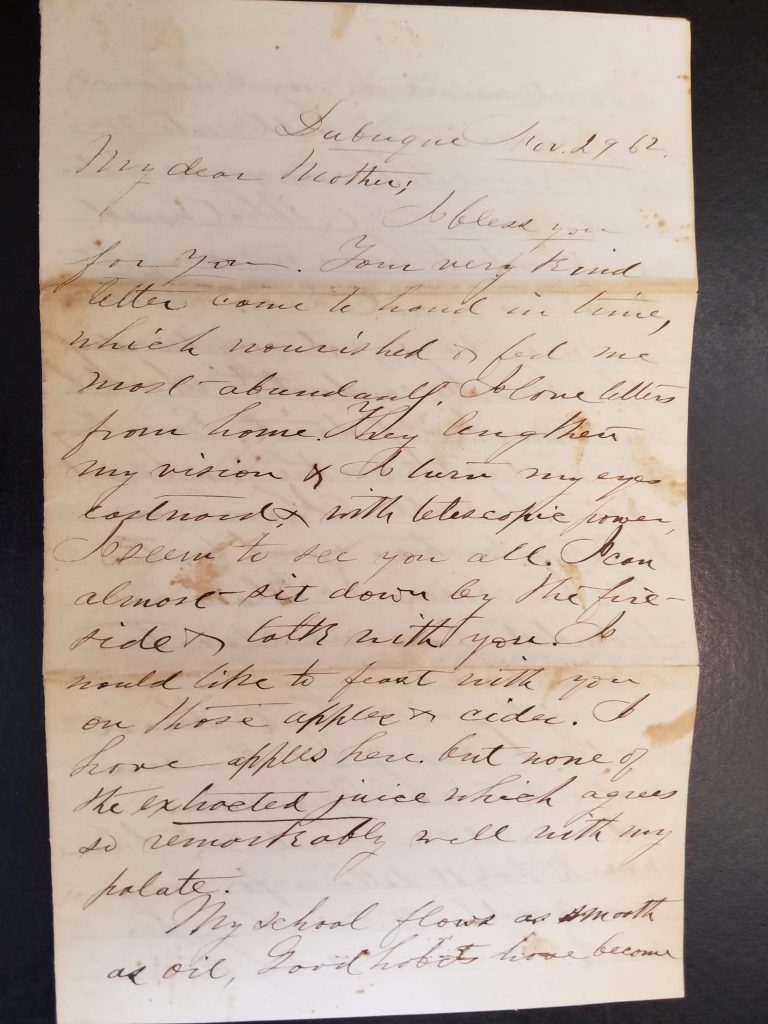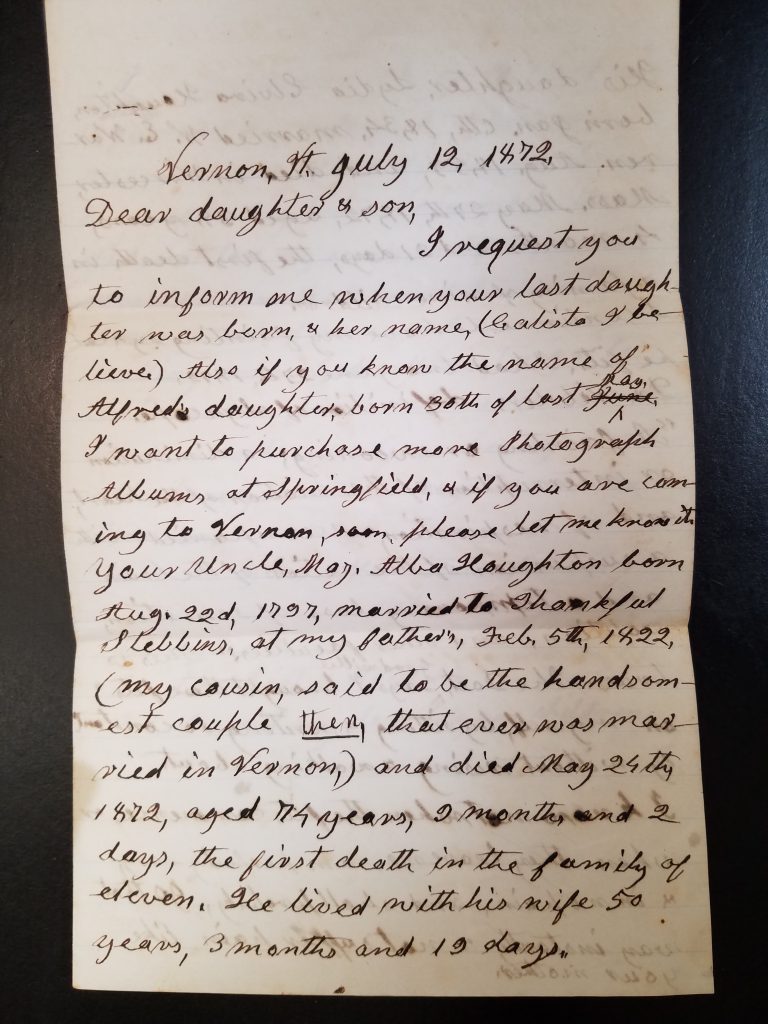Genealogy and History of Some Stebbins Lines Supplement Appendix Chapter 6
Appendix This excerpt is transcribed from “Genealogy and History of Some Stebbins Lines” “A supplement to a previous Vo. by the same Author, John A. Stebbins, Data to 1972 The Stebbins are descended from Herfast, Prince of Denmark and younger son of Harald Blaatand (Bluetooth) King of Denmark from 940 to 985 A.D. Since King […]
Genealogy and History of Some Stebbins Lines Supplement Appendix Chapter 6 Read More »

